6. The Stepford Wives
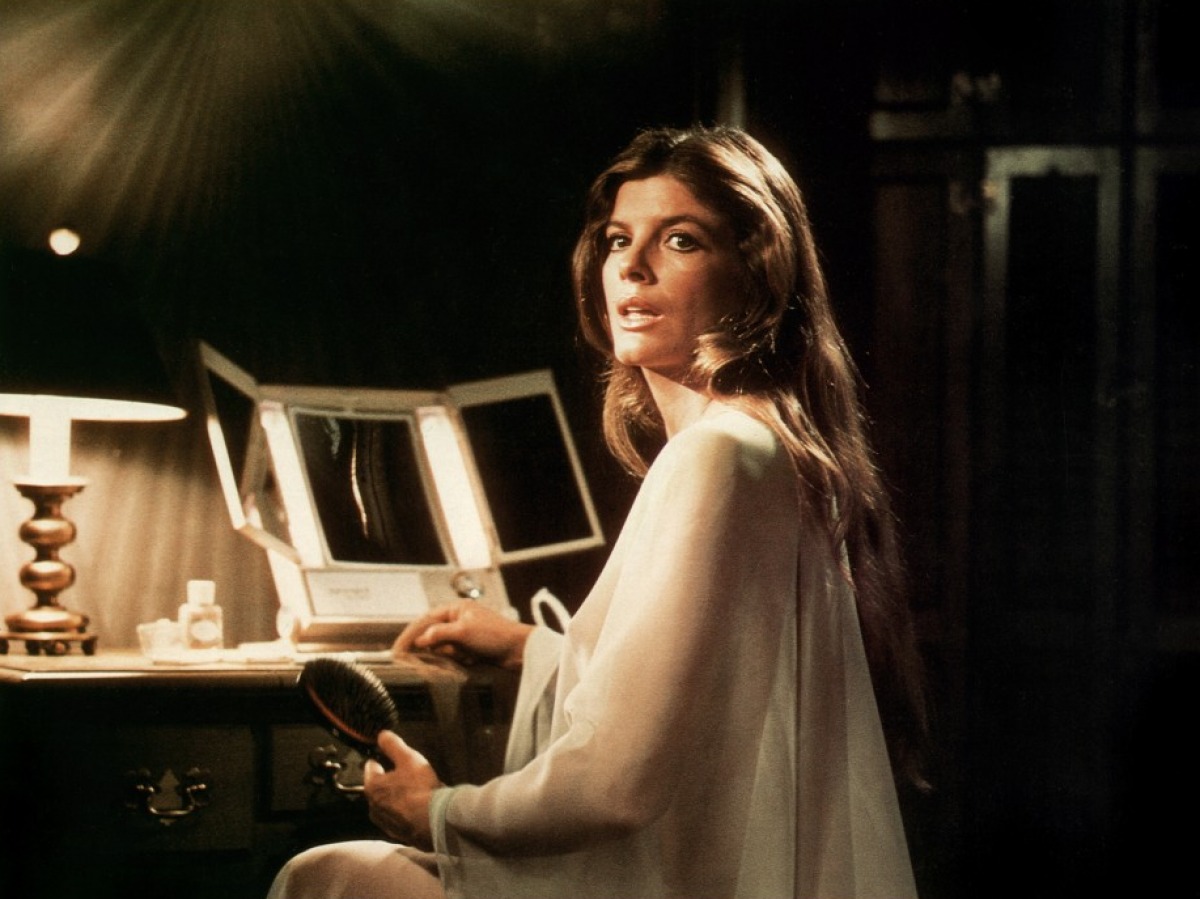
Based on the popular Ira Levin (Rosemary’s Baby) novel of the same name, the 1975 film is a science-fiction horror thriller that was remade into a comedy in 2004 starring Nicole Kidman. The original film, however, is much darker than the campier remake. Joanna Eberhart (Katherine Ross) moves to the idyllic suburb of Stepford with her husband Walter (Peter Masterson).
Joanna, an aspiring photographer, becomes bored with her new home quickly because she discovers all of the other women in town are obsessed with housework instead of intellectual pursuits. She is also dismayed when Walter joins the exclusive local Men’s Association.
Things briefly start to look better her she befriends two newcomers who help her start a Women’s lib consciousness raising group, that quickly falls to pieces. Suddenly, Joanna’s friends start behaving strangely like the other wives and she soon discovers what the local Men’s Association has been up to.
Drawing heavily on the horror cliché of the doppelganger, The Stepford Wives is a chilling reminder of the backlash towards the initial efforts of the second-wave feminist movement in the 1960s to launch women into the public sphere. Despite a relatively mild reception upon the film’s release, the term “Stepford Wife” has entered the public lexicon and the film has reached similar cult status in terms of our understanding of women’s rights.
7. I Spit on Your Grave
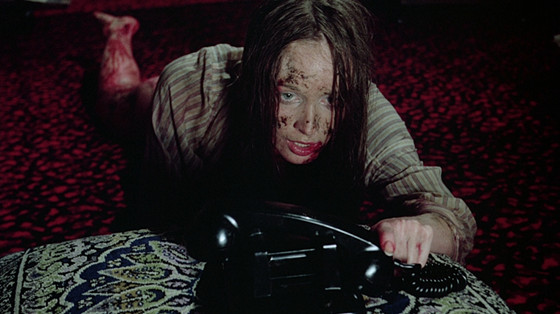
Directed by Meir Zarchi, I Spit on Your Grave is an American rape-and-revenge film. Jennifer Hills (Camille Keaton) is a Manhattan writer whose trip to a secluded lakeside cabin in Connecticut turns horrific when she is gang-raped by four men and presumably left for dead, after one of the men takes pity on her and dabs his knife in her blood instead of stabbing her to death. One by one, she takes turns seducing and then brutally murdering each of her attackers in creative and sadistic ways, often repeating the things she was meant to do during the attack initially made on her.
I Spit on Your Grave is highly controversial, considering its thirty-minute gang rape scene and initial distribution as an exploitation film. However, the film has been noted by prominent feminist horror film critics, such as Carol Clover of Men, Women, and Chainsaws as redeemable (and potentially feminist) given the sympathetic identification with the film’s protagonist, Jennifer, and the exaggerated, almost cartoonish portrayal of the rapists.
This leads to a larger point about how rape is talked about in public discourse (“she was asking for it” etc.) and serves as feminist wish-fulfillment of getting revenge on one’s oppressors.
8. Revenge
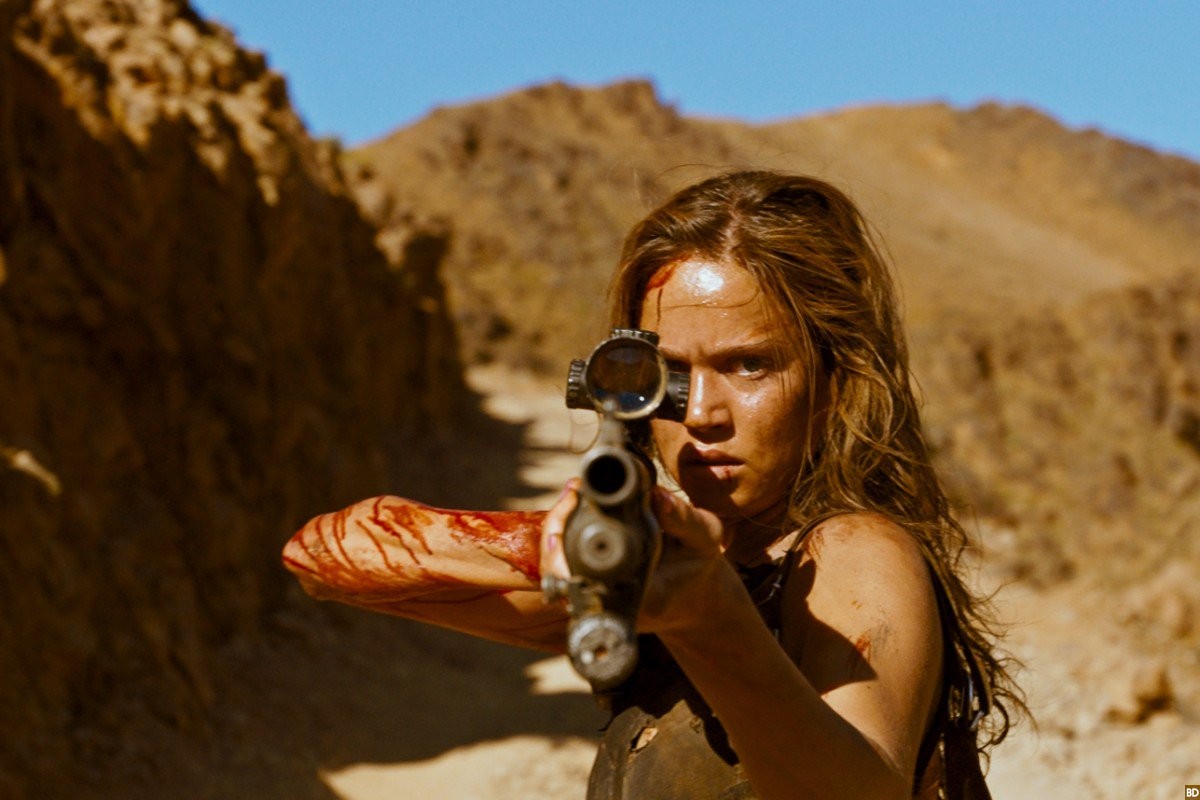
Similar to I Spit on Your Grave, Revenge is a French film also tackles the rape-and-revenge theme that takes place in the desert. A woman also named Jennifer, or “Jen” (Matilda Lutz) goes on a hunting trip with her married neighbor, Richard, whom she’s having an affair with, and his two friends Stan and Dimitri.
After Stan assaults Jen, claiming she came onto him, while Dimitri watches, Jen threatens to pull the plug and reveal the affair to Richard’s wife if he refuses to take her home. Richard pushes her off a cliff and the three men leave her for dead. After freeing herself from being partially impaled on a branch, Jen concocts a plan for her survival once the men realize she is still wandering around alive in the desert.
Revenge premiered at Toronto Film Festival before its distribution rights were acquired by Shudder, a horror film streaming site. It scored 93% on Rotten Tomatoes and elicited positive reviews from The New York Times and Metacritic, praising its subversion of genre tropes and perfect synthesis of exploitation-style horror and feminist themes.
9. American Mary
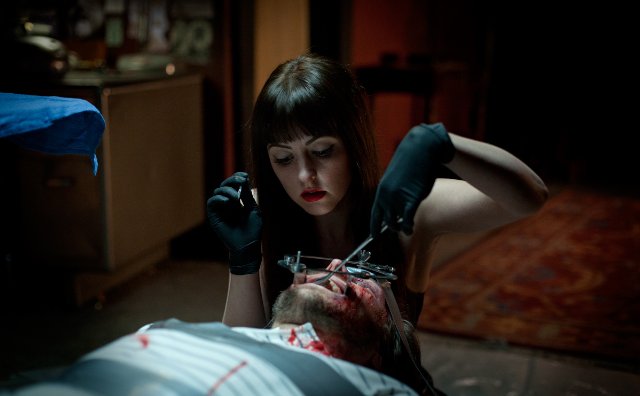
American Mary is a Canadian body horror movie written and directed by Jen and Sylvia Soska. Mary Mason (Katherine Isabelle) is a promising young surgery student who dips into stripping as a way of solving her desperation for funds. She becomes close with the club’s owner, Billy Barker, who introduces her into the world of extreme body modifications.
Thinking her financial woes are over, Mary attends a networking party thrown by her supervisor, Dr. Grant who ends up drugging and raping her once the party is revealed to be a sham. Mary kidnaps Dr. Grant once she recovers and uses him to test out her experimental surgeries as the cops try to investigate Dr. Grant’s supposed sex parties and close in on Mary’s extracurricular activities.
The Soska sisters wrote American Mary based on their experiences in the film industry trying to market their film Dead Hooker in a Trunk, meeting people whom they initially thought were reputable but ended up being sleazy.
It was initially released in the United Kingdom in August of 2012 and became available on video on demand in 2013. There were mixed reviews from critics who were unable to stand the gross-out factor of the extreme body modifications portrayed in the film versus its feminist underpinnings.
10. The Company of Wolves
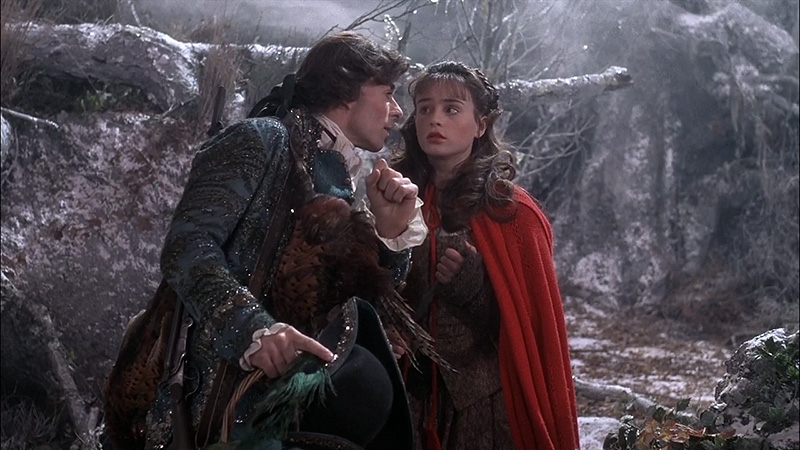
A film adaptation of the werewolf story from Angela Carter’s anthology The Bloody Chamber, The Company of Wolves is a British fantasy-Gothic film written and directed by Neil Jordan, and co-written by Carter.
A young girl named Rosaleen (Sarah Patterson) dreams she lives in a forest during the eighteenth century and that her sister has been killed by wolves. Her grandmother (Angela Lansbury) warns her about strange men “whose eyebrows meet” as the killings continue. Rosaleen then encounters a charming huntsman who embodies the same qualities her grandmother warned her about as she becomes torn between her feelings for him and his true nature.
The story itself could be interpreted as a clever reimagining of Charles Perrault’s telling of Little Red Riding Hood, where the girl transforms into the wolf instead of being eaten. Much like Ginger Snaps, the story complicates traditional narratives of monstrosity and desire, as well as taps into popular mythic archetypes in order to tell the story. Critics generally responded well to the films aesthetics and was nominated for four BAFTAs.